China plans to carry out a series of massive space programs in the near future, according to a senior official of the China National Space Administration.
Bian Zhigang, deputy director of the space administration, said on Thursday at a news conference in Beijing that the administration is working on two new lunar expeditions and three deep-space exploration missions.
"We are developing the Chang'e 7 and Chang'e 8 robotic probes. Chang'e 7 will be sent to the lunar South Pole region on the moon to conduct environmental and resources surveys, while Chang'e 8 will undertake technology demonstrations for in-situ resources utilization," he told Chinese and foreign journalists attending the news conference, which was hosted by the State Council Information Office.
Bian did not mention when the two lunar probes are scheduled for launch, but information published by the space administration indicates that Chang'e 7 will be launched around 2026 and Chang'e 8 around 2028.
The Chinese government has approved three new deep-space exploration missions to enable scientists to advance their research on the origins and evolution of the solar system, the impacts of small celestial bodies and solar activities on Earth, the possibility of extraterrestrial life, and other such significant scientific issues, according to the senior official.
"The Tianwen 2 will be a robotic mission to retrieve samples from a near-Earth asteroid. It is scheduled for launch next year. Tianwen 3, scheduled for (launch) around 2030, aims to land on Mars, collect and bring samples back to Earth. The Tianwen 4 will be sent to explore Jupiter around 2030," Bian said.
Currently, scientists and engineers are working on mission plans and key technologies for Tianwen 3 and Tianwen 4, he added.
Tianwen missions, named after an ancient Chinese poem, cover China's interplanetary exploration endeavors.
The Tianwen 1 was launched in July 2020 and it successfully touched down on Mars in May 2021. The probe deployed a rover, named Zhurong, to explore the Red Planet. Zhurong was the sixth rover on Mars, after five from the United States. It traveled more than 1,900 meters and obtained a great deal of data and images before ceasing operations.
According to mission planners and scientists, Tianwen 2 will target 2016 HO3, the smallest and closest quasi-satellite to Earth. The basic plan is to use a large carrier rocket to send a probe comprising two parts — an orbiter and a reentry module — toward the asteroid.
After approaching 2016 HO3, the unmanned spacecraft will orbit around the asteroid and then fly very close to it to use a mechanical arm to scoop dust from the surface.
Tianwen 2 will fly back to the Earth's orbit and release its reentry module, allowing the latter to fall back to the ground, carrying the samples. The orbiter will then travel toward a main-belt comet called 311P to continue its scientific exploration tasks.
So far, scientists have identified about 1 million asteroids in the solar system, with more than 20,000 traveling near Earth.
The 2016 HO3, also known as 469219 Kamo'oalewa, was first spotted in April 2016 by an asteroid survey telescope at the Haleakala Observatories in Hawaii, the US.








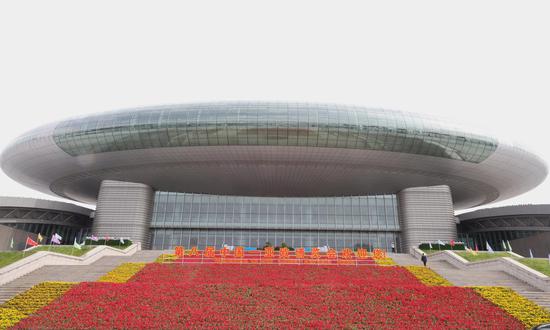
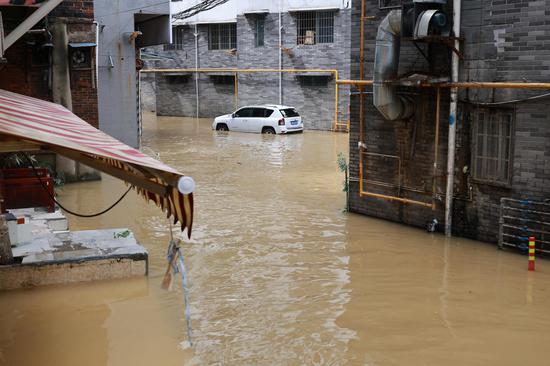



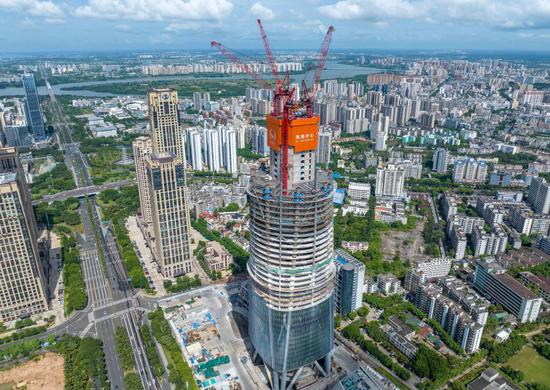



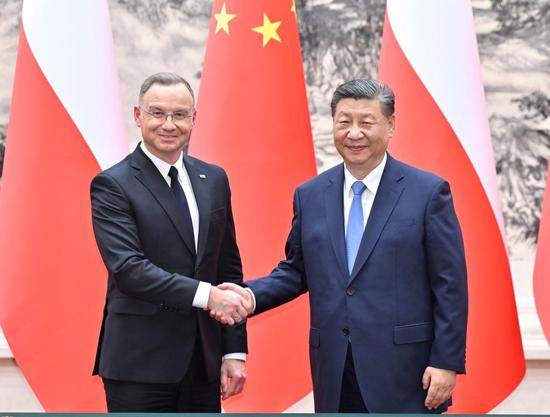







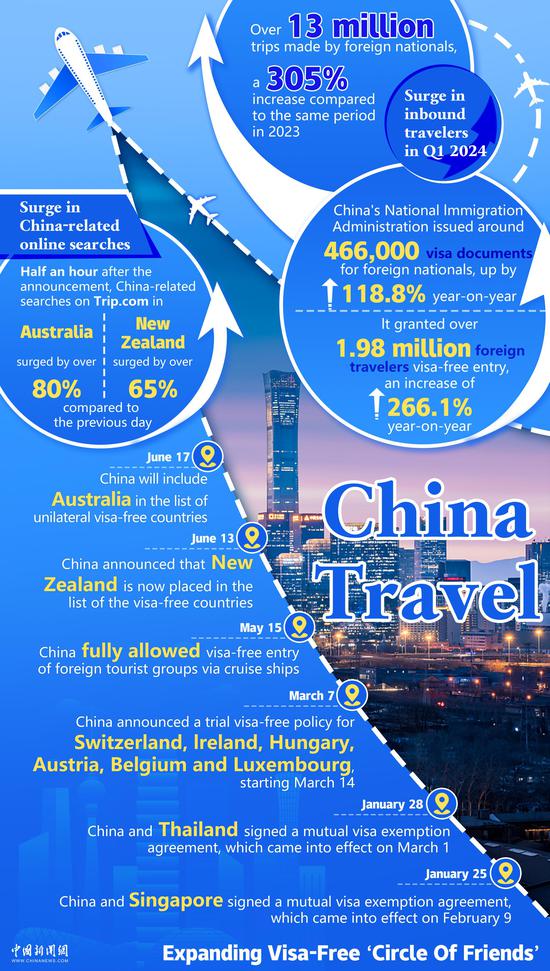



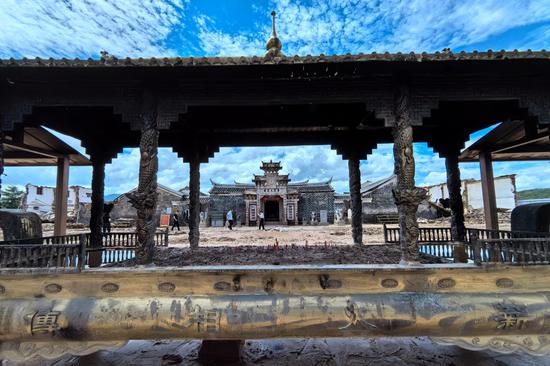

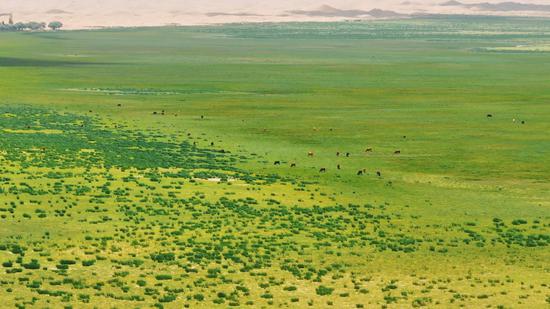
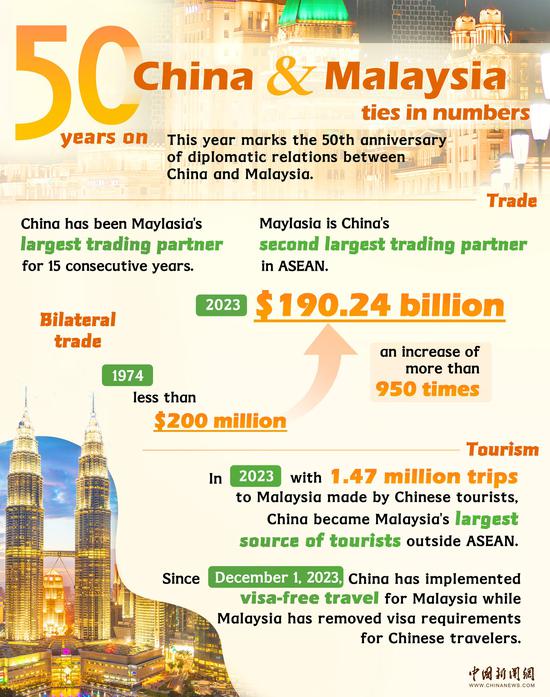



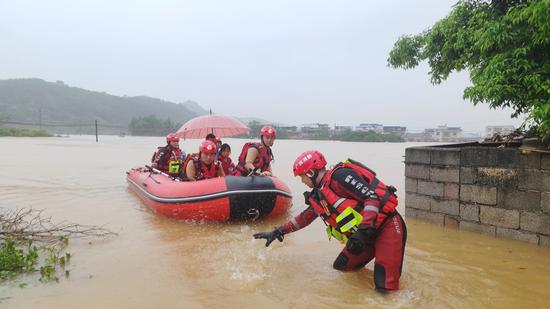






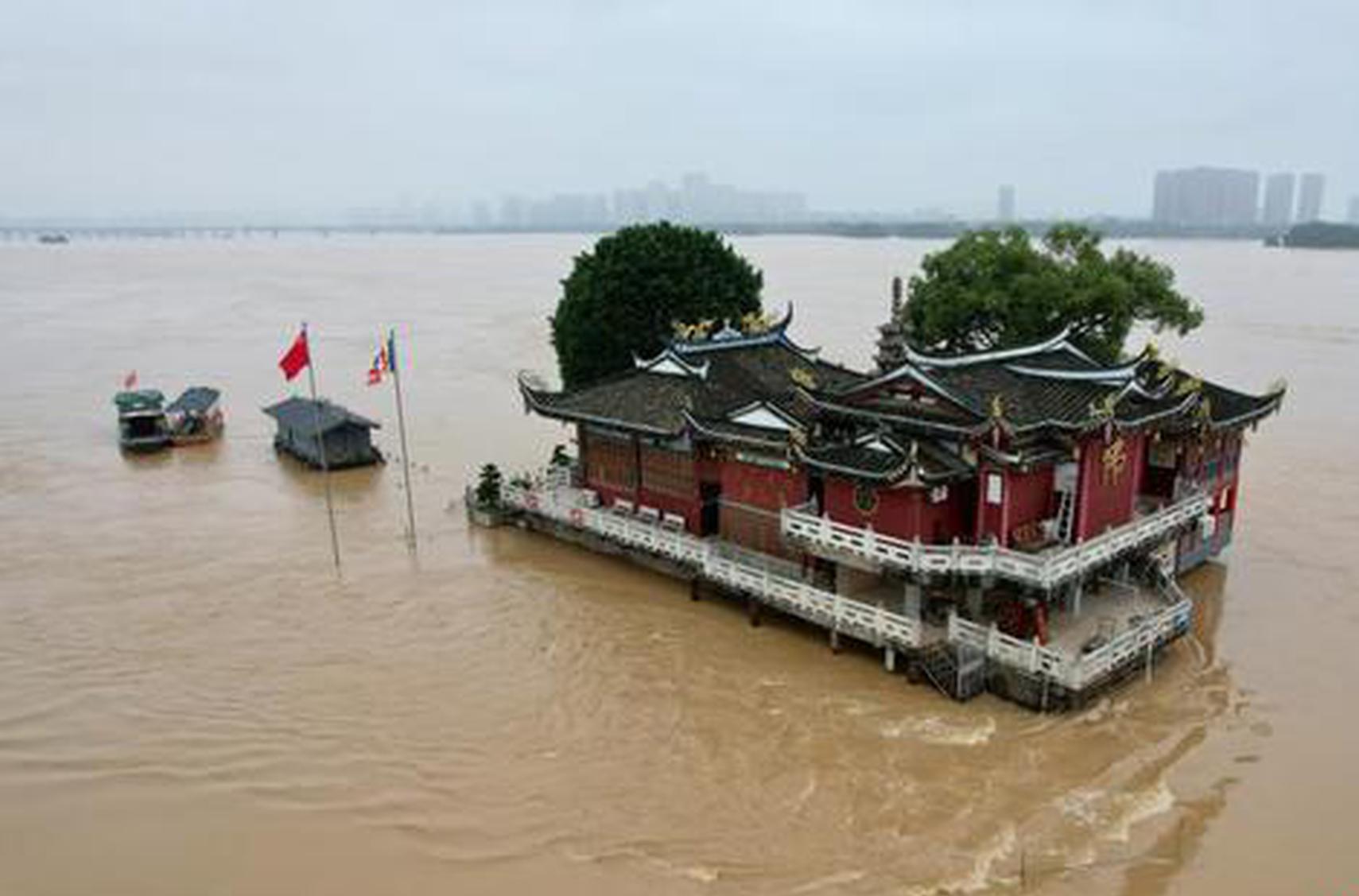


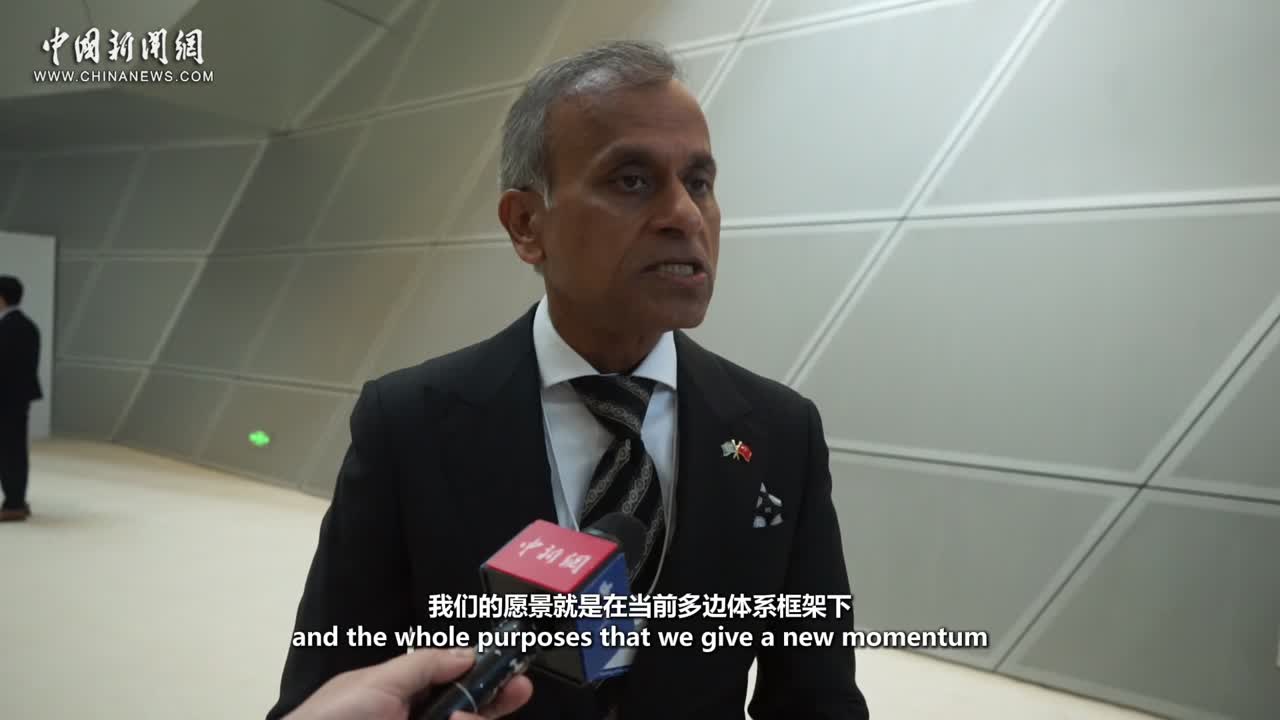



 京公网安备 11010202009201号
京公网安备 11010202009201号
